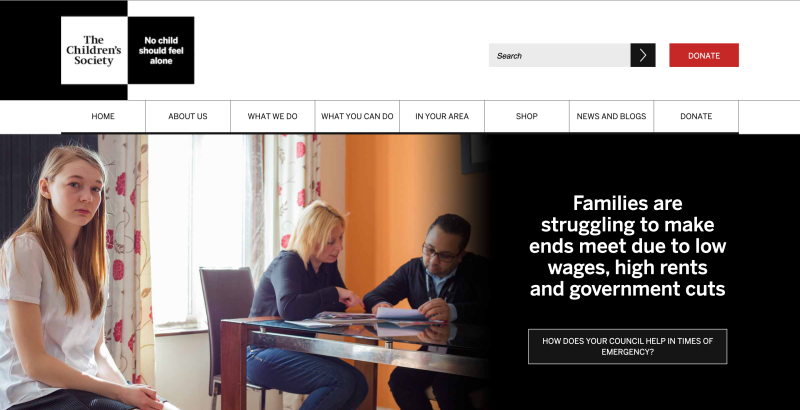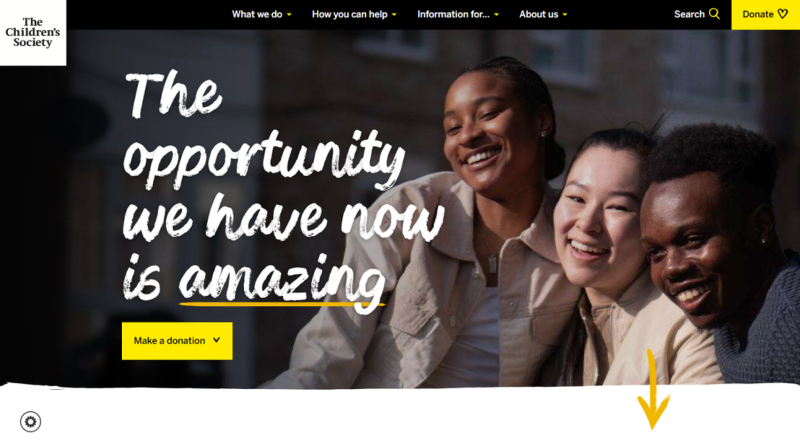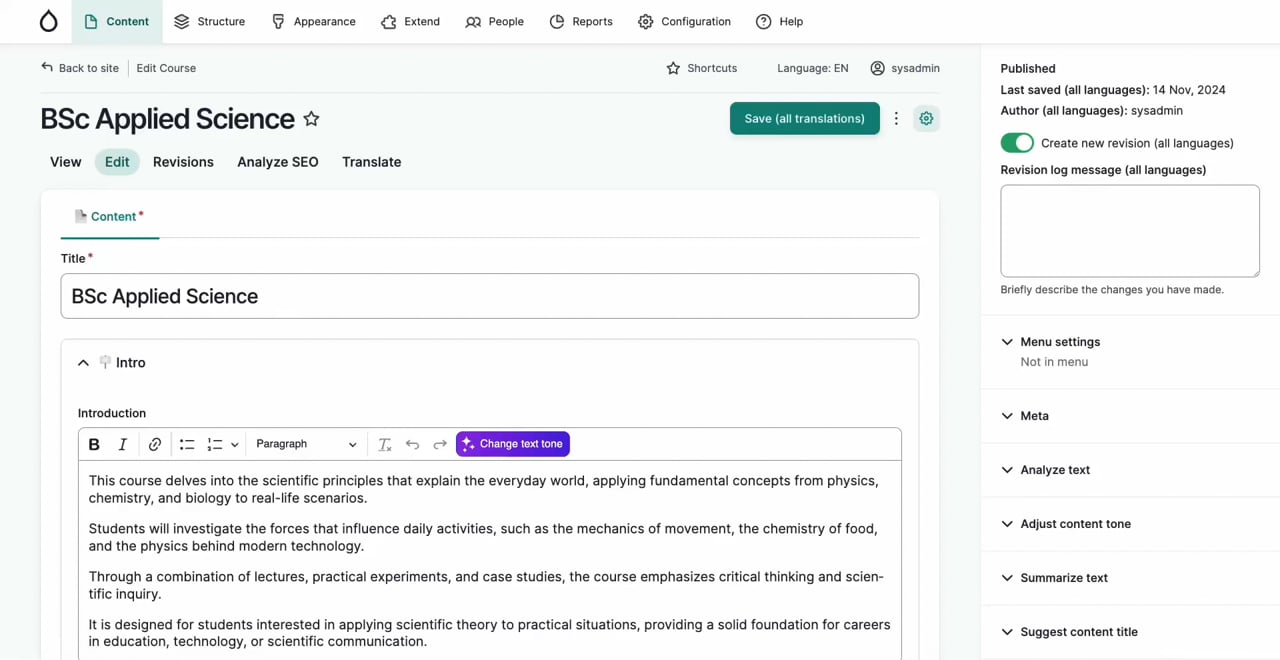AI can be an incredibly useful tool to help you assess your copy and keep things consistent.
Getting your tone of voice right
Your tone of voice sets the style for how you communicate. It shows off your organisation's personality and gives users a feel for how you approach your subject matter.
There's no right or wrong tone of voice, but it should fit your users' needs and expectations. You probably already have a tone of voice defined as part of your brand. If you’re reconsidering it, it helps to consider where you want your brand’s tone to sit across these four scales:
- Formal or casual
- Serious or funny
- Respectful or irreverent
- Matter-of-fact or enthusiastic
Working out where you sit on these four scales helps you pinpoint a well-defined tone of voice that you can use consistently across your brand.
Why tone of voice matters
Visual design can trigger certain responses, but it needs a matching tone of voice to really work. If you want your brand to come across as friendly and approachable, then your content needs to be written that way too. You can overhaul your brand and redesign your website, but if you neglect your tone of voice, it'll fall flat.
Our redesign of The Children's Society website shows just how important tone of voice is for building a distinctive and effective brand.
The Children's Society's old website (shown below) had a tone that was authoritative and paternalistic. It felt like an organisational broadcast and failed to capture the voices of the young people they exist to help. They wanted their new site to capture the positive impact they have and create an engaging, youth-focused online presence.

The old site’s negative tone didn't capture the message of hope they wanted to convey.
The new website had a completely new design to show this change, but crucially it also had a new, hopeful tone designed to reflect the voices of young people.

Wording like "It sounds so cheesy, but love yourself" would have felt out of place on their old site, but on the new site it feels like you’re hearing from young people directly, massively increasing the site’s authenticity.

Getting the tone of voice right was crucial to successfully rolling out the Children's Society's new brand, and it needed to be consistent across the website. It's jarring for users if some pages are rewritten to have one tone (such as hopeful and optimistic) but then, as they get deeper into the website, the content reverts to another tone (such as serious and formal). That breaks the brand just as badly as having two different design styles would.
Why tone of voice is hard to keep consistent
Although it's important to maintain a consistent tone of voice across your website, this can be a really difficult challenge for large digital estates. Big websites will have thousands of pages, often with multiple content editors and responsibility split across different departments within the organisation. This can be a particularly tough challenge for university websites.
When you have multiple copywriters, they may all be working to the same desired tone of voice characteristics, but how these are interpreted and implemented is subjective.
For example, if you told a team of copywriters to write in a style that was fun, lively, and friendly, they could all interpret those attributes slightly differently.
The bigger the organisation, the harder this challenge becomes. Different departments approach issues from different angles, and this can amplify differences in their tone of voice.
How AI can help you assess your tone of voice
Working out if your content meets your tone of voice is hard. To check, you'd have to read all your content (no small task). If that's too big a job for one person (very likely if you have a large website), then it's hard to coordinate between assessors. One assessor might think a given sentence is sufficiently friendly, but another might think it's not.
That's where AI can be incredibly useful. It can read huge amounts of content almost instantly. But even more importantly, it can be an unbiased assessor of your tone of voice, able to determine the tone of your content across a vast digital estate consistently.
We realised how useful this could be for website content admins, so we've developed a tool in the Drupal CMS to assess the tone of voice of a given piece of content against a set of desired tone of voice characteristics you select.
Watch the video below to see the tool in action.
Rewriting with AI
AI tools can go beyond just checking your content to see if it matches your desired tone of voice. They can also rewrite it to hit those notes whilst leaving the core message unchanged.
When our tone of voice AI tool assesses the content's tone as not being a good match for your brand's tone of voice, it suggests changes to your content to bring it in line with your desired tone of voice. Content admins are free to edit this – it's always in their hands to refine and approve.
It's important to have humans in the loop to check, but AI is brilliantly suited to tone of voice rewrites because the context it needs is right there in the original text. Problems with AI-generated text like hallucinations are much less common when it's simply instructed to rewrite text to alter the tone, rather than to answer complex questions.
Principles for using AI for tone of voice adjustment
AI is a rapidly evolving field, so we're all learning as we go. Our work using AI for tone of voice adjustment has taught us several useful principles you can apply to your own AI projects:
- The more information you provide, the more accurate it can be. As well as giving the AI your desired tone of voice attributes, also give it your style guide and examples of what works well.
- Use numbers to calibrate it. When you've got some copy that's almost right and just needs slight tweaking, AI will often go too far in its rewrite, totally rewording something you felt just needed a minor adjustment. We find it's useful to use numbers in your prompt to help it get the message. For example, saying "make this 10% more direct" helps it understand you only want a slight change, rather than making the copy drastically more direct.
- Add a human touch back in. An AI-generated rewrite of your copy can create an excellent first draft, but this should always be reviewed and often it's helpful to amend it slightly to retain that human touch. We find that AI-generated writing tends to have a "smoothing" effect on your copy. It's well written and mistake-free, but with this smoothness comes a slight lack of variety. Sometimes you might want to embellish the AI's copy with some of your own phrasing, so it doesn't become monotonous.
- Be mindful of spelling. This is a simple point, but if you write in UK English, make sure your tone of voice attributes mention this. AI defaults to writing in American English, and Americanisms will creep into your copy if you don't state this explicitly.
Implementation
Getting your organisation bought into using AI can be tricky, especially in large institutions which can be slow to adopt the latest technology. But this doesn't have to stop you from using AI. We're currently working with the University of Oxford, which is embracing the potential of these tools despite being almost 1,000 years old!
To explore how AI can help content teams get more done quicker, especially for large and complex digital estates, we're running a webinar on 4th July with the University of Oxford. Sign up now to secure your place.
